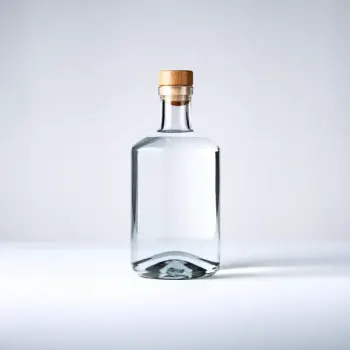


Compound
Gin that is flavored by adding botanicals to a neutral spirit without redistillation, often less complex in flavor.
Sloe Gin
A red liqueur made with gin and sloe (blackthorn) drupes, which are a small fruit relative of the plum.
Distilled
Gin that has been distilled and bottled, ready for consumption in a variety of cocktails or sipped neat.
Fresh bulbs
Whole, unprocessed gin botanicals, ideal for infusing into spirits or using whole in crafting cocktails.
Old Tom Gin
A sweeter gin, historically made with added sugar, bridging the gap between Dutch Genever and London Dry Gin.
London Dry Gin
A dry style of gin that is the most widely available and commonly used in cocktails like the gin and tonic.
Navy Strength Gin
A higher proof gin, traditionally at 57% ABV, which was supplied to the British Royal Navy.




Sloe Gin: Plymouth
Old Tom Gin: Hayman's
Compound Gin: Bathtub Gin
Distilled Gin: Hendrick's
London Dry Gin: Tanqueray
Navy Strength Gin: Plymouth

Infusing: Gin can be used to infuse fruits, herbs, or spices, creating a flavorful liquid that can be added to desserts, marinades, or dressings. Simply combine gin with your chosen ingredients and let it sit for a period, allowing the flavors to meld.
Deglazing: After sautéing or searing, gin can be poured into the pan to loosen the browned bits (fond) from the bottom. This helps create a flavorful base for a sauce or gravy that accompanies meats or vegetables.
Flambéing: This technique involves adding gin to a hot pan to create a burst of flames, which quickly burns off the alcohol, leaving behind a concentrated flavor. It's a dramatic way to finish off a sauce or to cook fruits like berries or pears.



